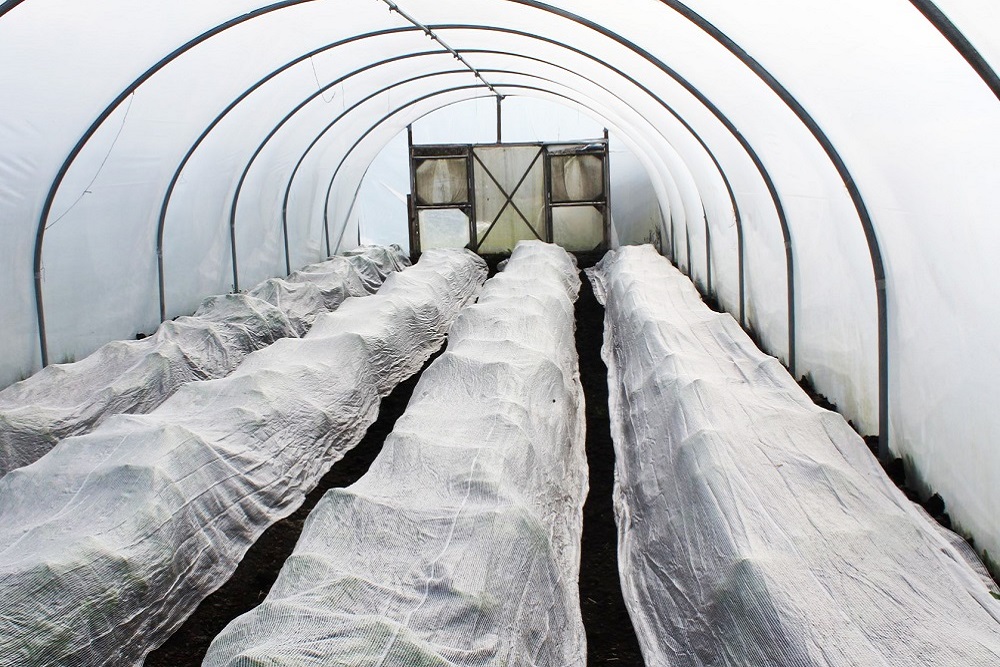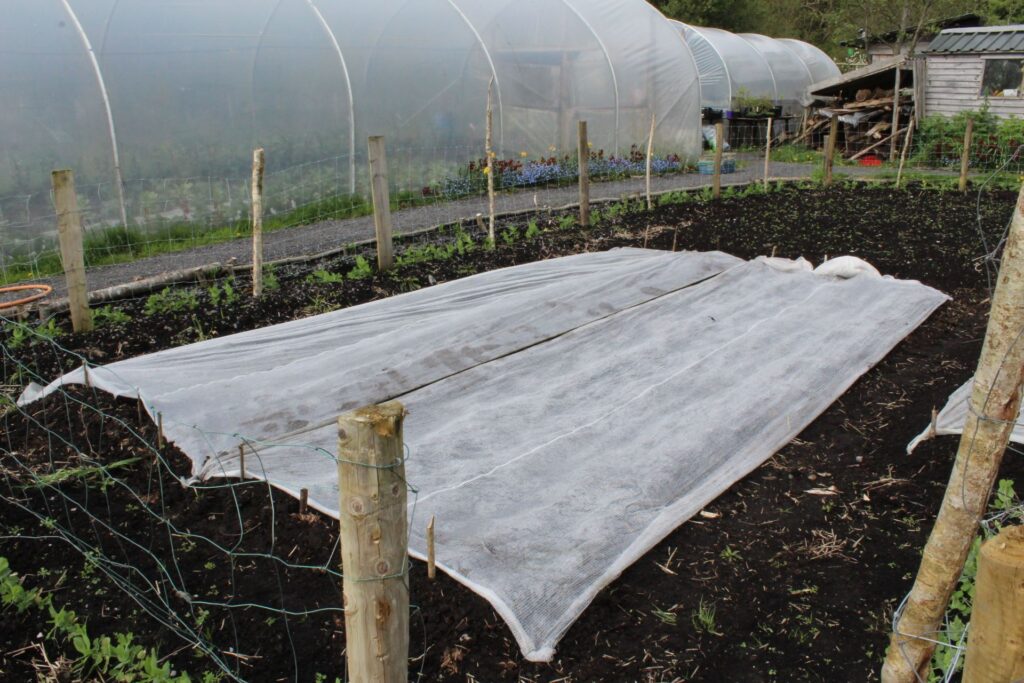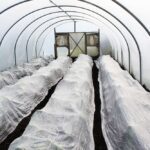We use cookies to make your experience better. To comply with the new e-Privacy directive, we need to ask for your consent to set the cookies. Learn more.
Keeping it Cosy

Keep it cosy in the garden and protect sensitive plants from Jack Frost.
What is frost and how does it damage plants?
Frost is a thin layer of ice that forms when water vapour changes from a gas to a solid as it is exposed to temperatures below freezing. Frost injures plants when water in the plant cells turn into ice crystals, which disrupts the movement of fluids and damages plant tissues. A light frost between -1°c / -2°Cwon’t cause as much damage as a hard frost of -5°c.
How to protect your plants from frost


- Bring potted/container plants inside or place near the shelter of a wall. Plants situated in containers are more prone to frost damage since they don’t get the insulating benefits of the soil. Make sure containers have adequate drainage. You can also wrap containers with a fleece to protect plants from sudden drops in temperature.
- Water plants in the afternoon when the soil is still warm. Keeping the soil moist can help protect plants from the cold. Moist soil has an insulating effect, which radiates heat upward come nightfall. Watering the soil (not the leaves or stems of the plants) will also help the soil retain heat and can help the plant’s roots and lower branches survive.
- Adding a thick layer of mulch to your garden beds will help protect the soil from sudden swings in temperature. You can use straw or leaf mould to provide crucial insulation for the plants root systems below ground. Leave a small opening around the central stalk so that the warmth of the soil can travel up through the plant.
- Cover up individual plants with a cloche.
- Have some crop cover or other fabric to hand to cover plants when a frost is threatened.
- Protect Root Crops. In milder regions, root crops such as carrots and beets can be left in the ground until needed. Some, like parsnips, actually become sweeter after a frost. Mulch your root vegetables with a thick layer of compost, straw, dried leaves or leaf mold, but if the ground is likely to freeze solid for a long period, dig them up and store them somewhere cool, dry and frost-free.
What to Do After a Frost
You’ll know your plants have been damaged by frost when the leaves and branches turn black or brown. Wait until the weather warms up and all danger of frost has passed before pruning. Dead branches and twigs provide a bit of protection too, so hold off until you see new growth before cutting the damaged foliage away.
Designing Your Garden to Reduce Frost Damage
A garden designed with frost in mind will allow you to have crops or blooms for longer.
- Your garden will warm up more during the day if it slopes toward the sun. Cold air, which is dense and heavy, will flow away from plants growing on a slope.
- Down hill areas often become frost pockets. Be careful not to plant blossoming fruit here.
- A garden positioned in front of a rock or brick wall benefits from the warmth absorbed by the wall during the day. At night it will radiate heat slowly.

